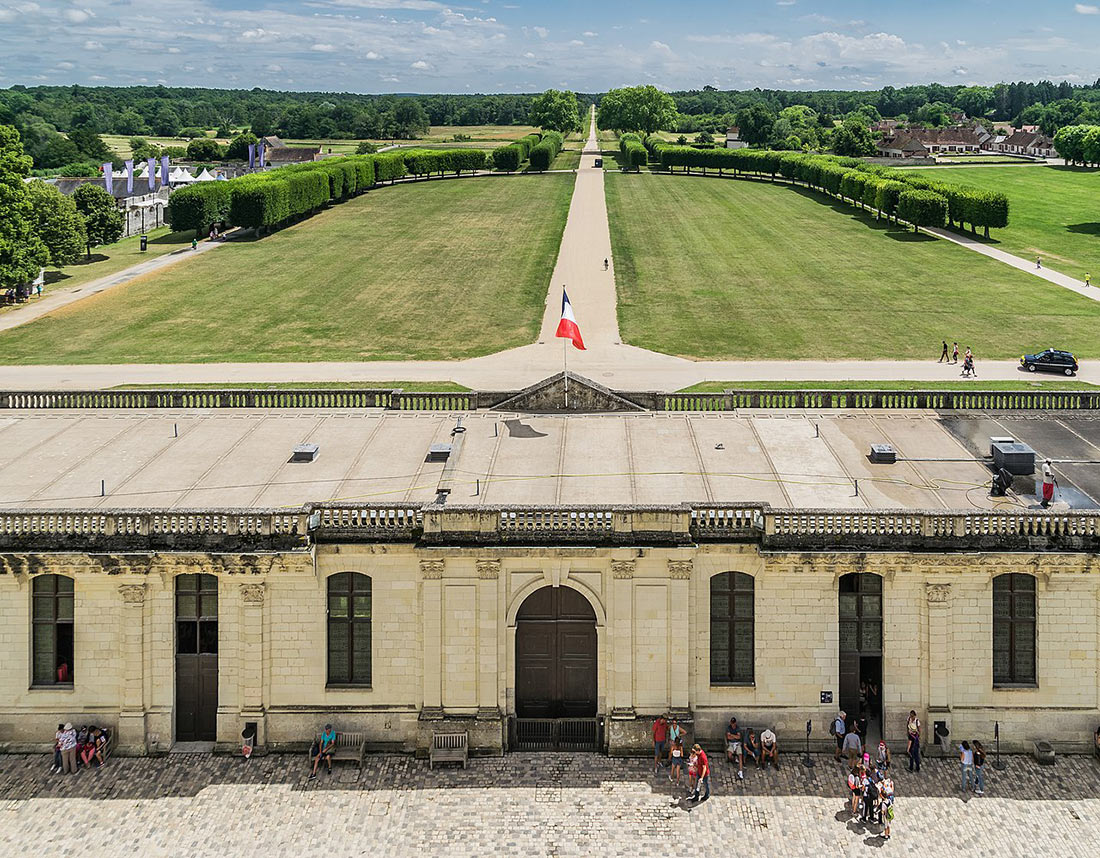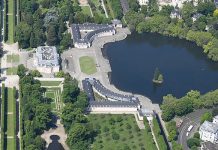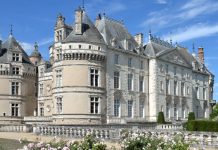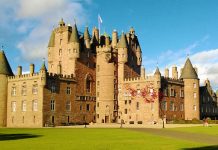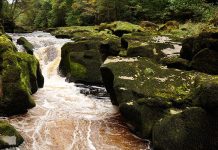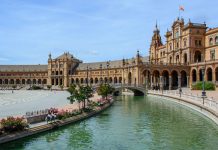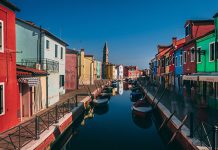The Loire Valley is a unique place that has long been favored by French dukes and kings. It is here, along the river banks, that they built their most luxurious castles and palaces, which continue to captivate the imagination even after centuries. It was a place where history was made and destinies were decided, and today, anyone can witness the splendid interiors and admire the elegance and opulence of the surroundings. Among all this magnificence, Château de Chambord stands out, located just fourteen kilometers away from the legendary residence of one of France’s most renowned kings, Francis I – Château de Blois.
Chambord is not only the most famous castle in the Loire Valley but also one of the most renowned castles in the world. This architectural masterpiece of the Renaissance era boasts 426 rooms, 77 staircases, and 282 fireplaces.
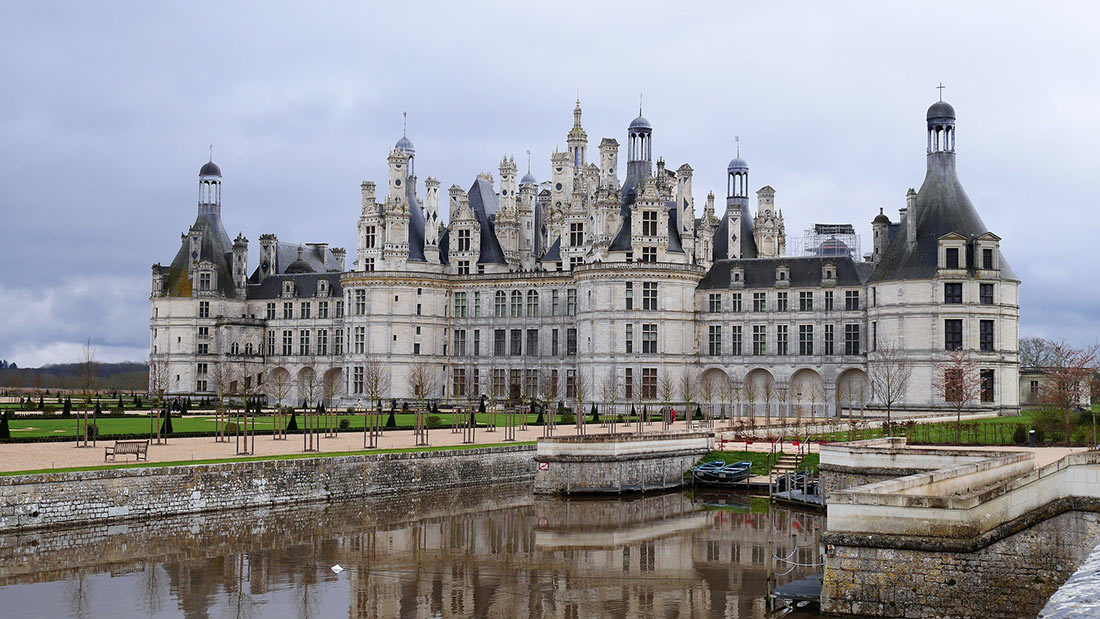
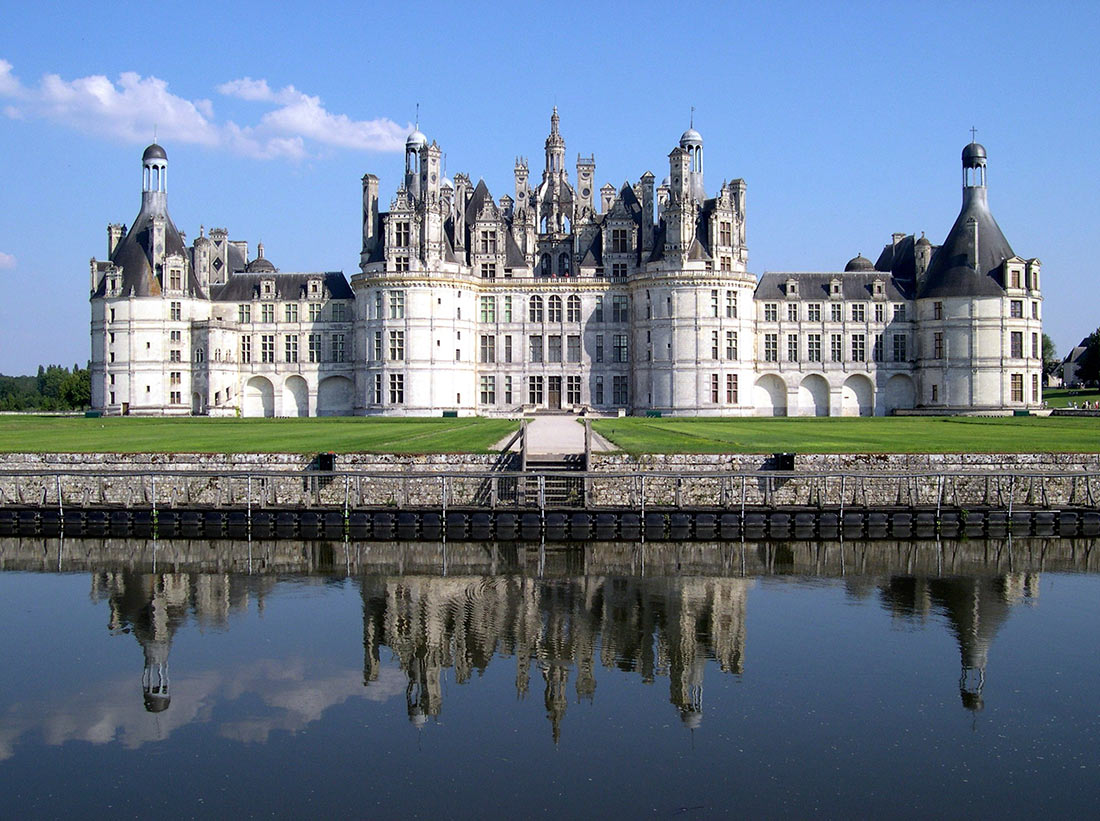

The majority of the royal residence’s design was created by none other than Leonardo da Vinci himself. Construction of Château de Chambord began in 1519 and was completed in 1547. It was one of the most ambitious projects of the Renaissance, employing nearly two thousand workers. Some claim that the king even planned to change the course of the Loire River so that it would flow directly in front of the castle, but this ambitious task had to be abandoned.
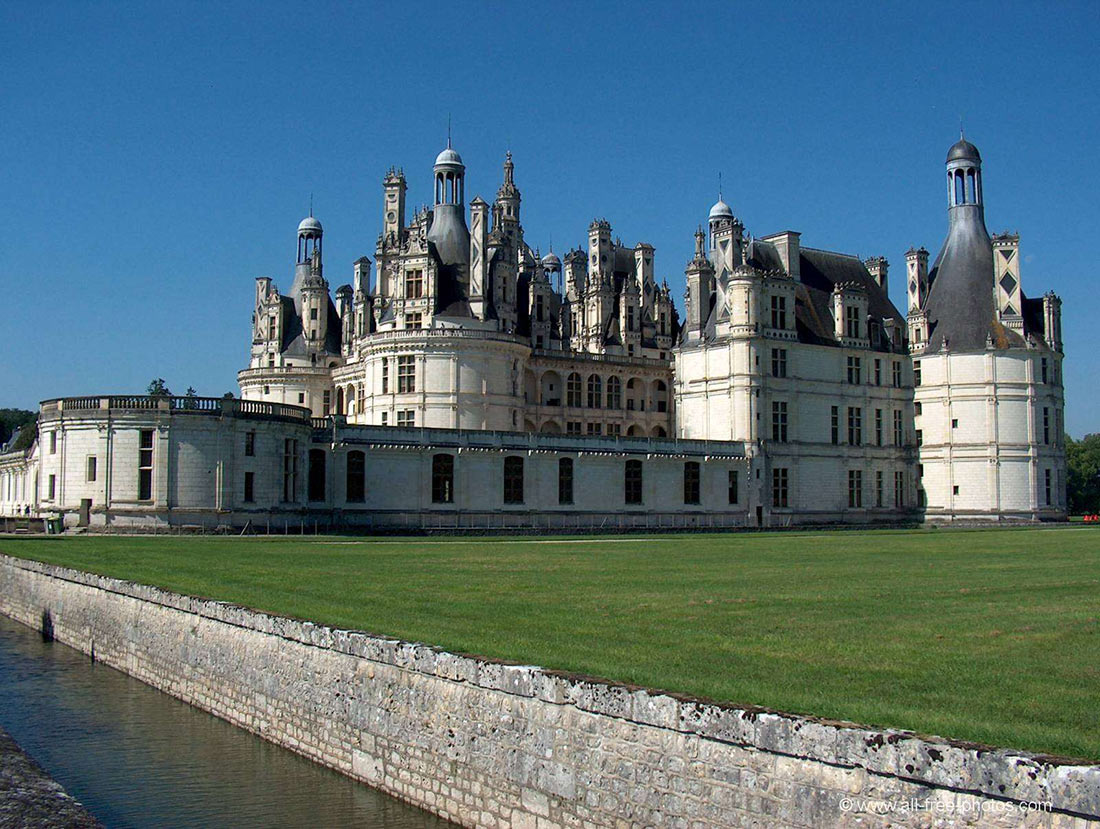
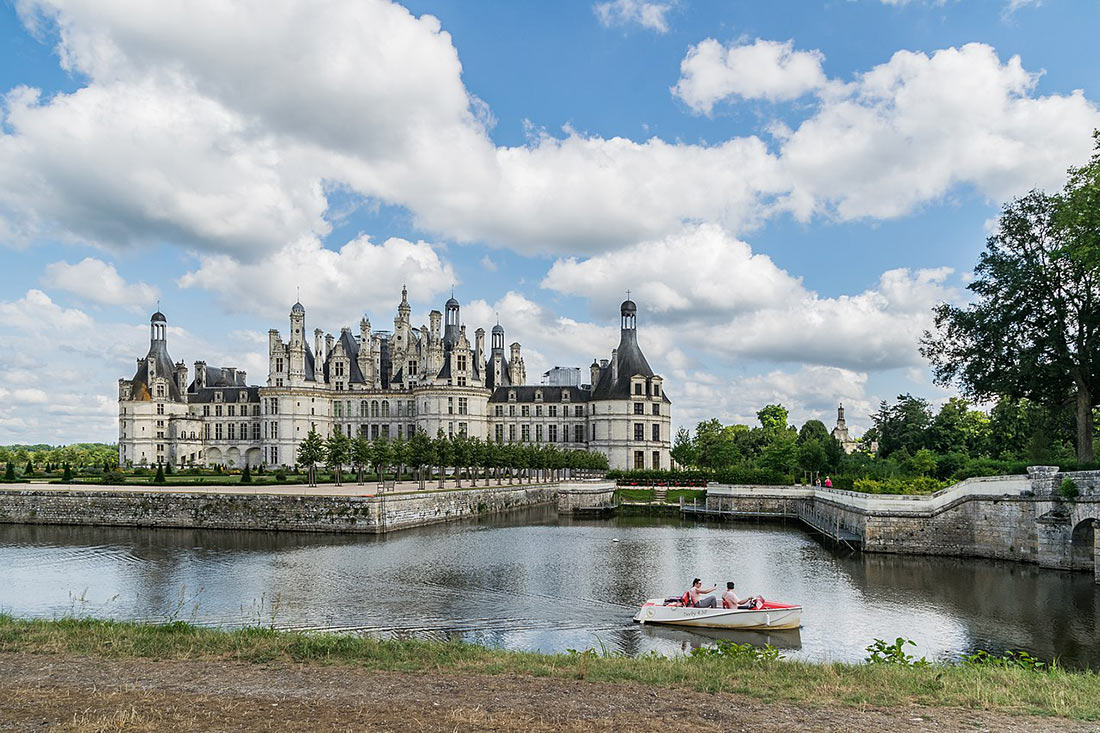

One of the architectural features of Château de Chambord is its enormous double-helix staircase, where two spirals intertwine in such a way that people walking on them can see each other but never meet. Originally, the plan was for four spirals that would elegantly coil around a central fifth spiral. However, a significant drawback of this design was soon discovered: each staircase led only to one of the four corner sections of the castle, so if one made a wrong choice, they would have to descend to the ground floor and start the ascent again.

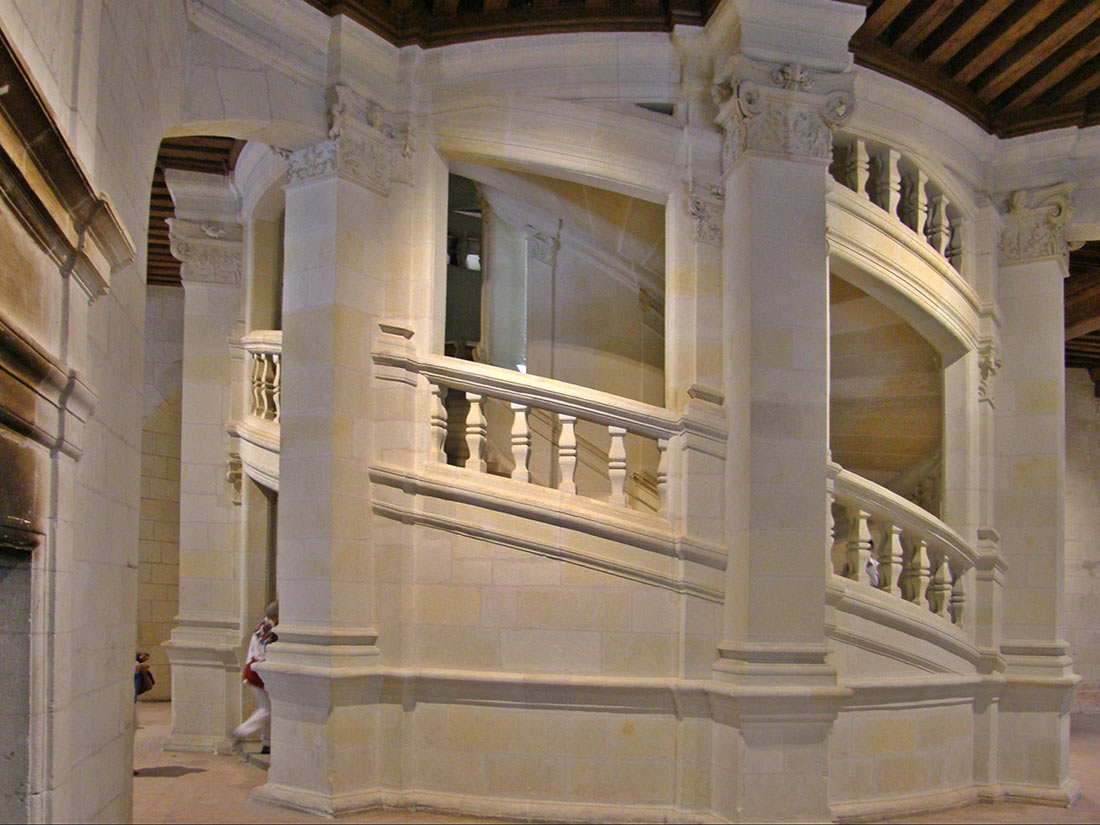
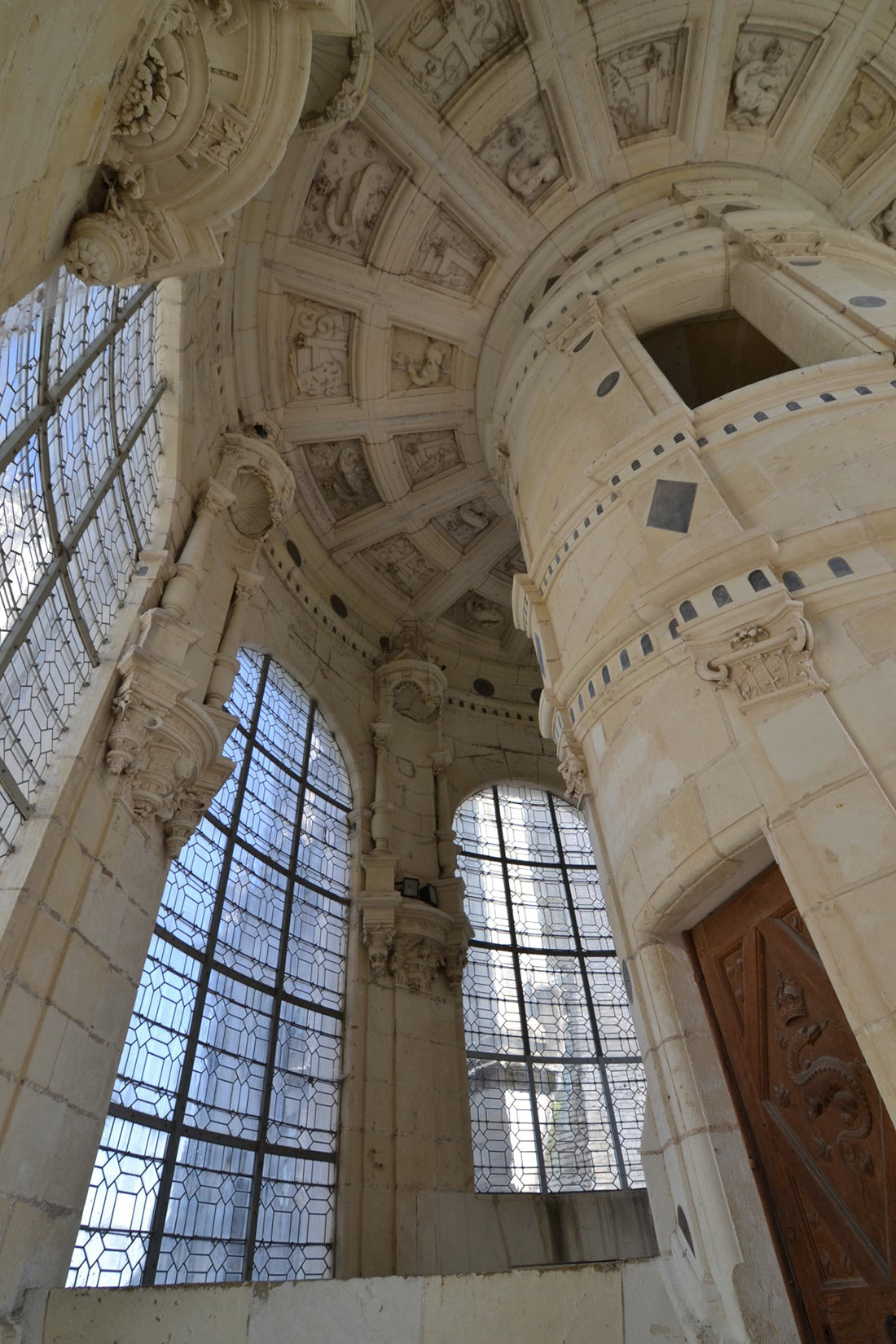
After the death of Francis I in 1547, the castle remained abandoned for 80 years. However, in 1639, Louis XIV took a liking to the magnificent building and decided to complete Château de Chambord according to the original plan.
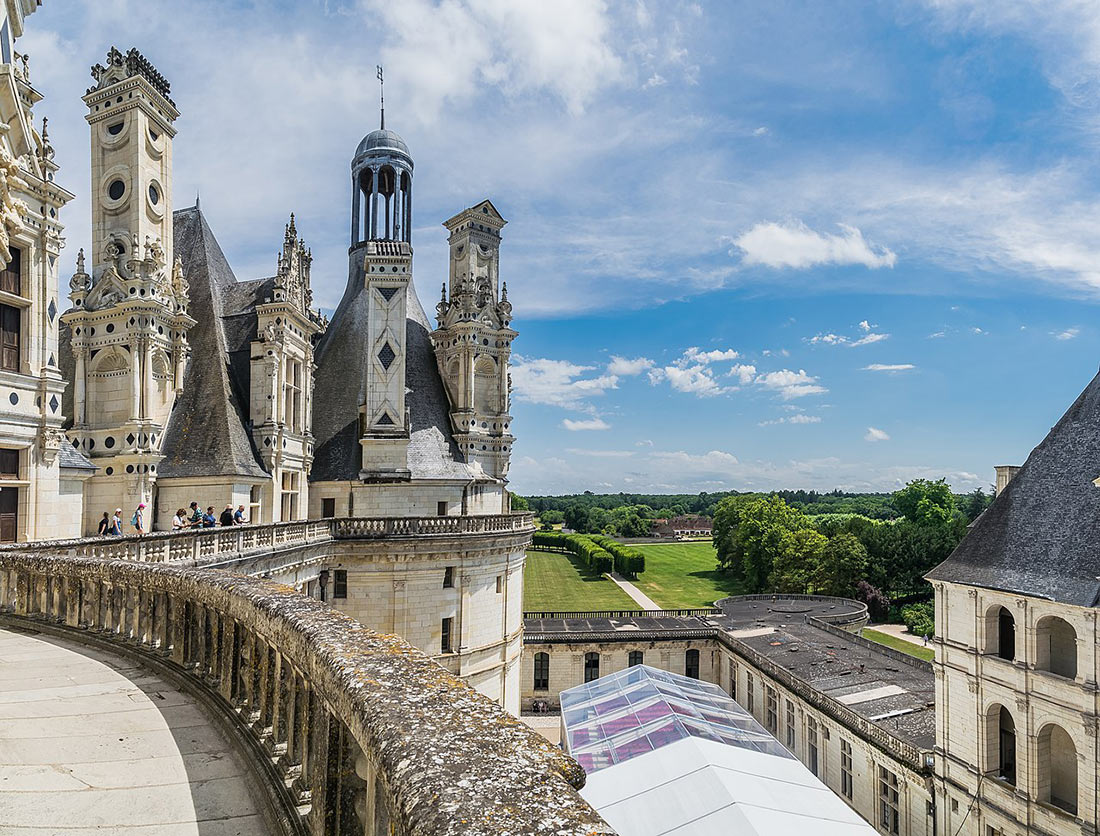
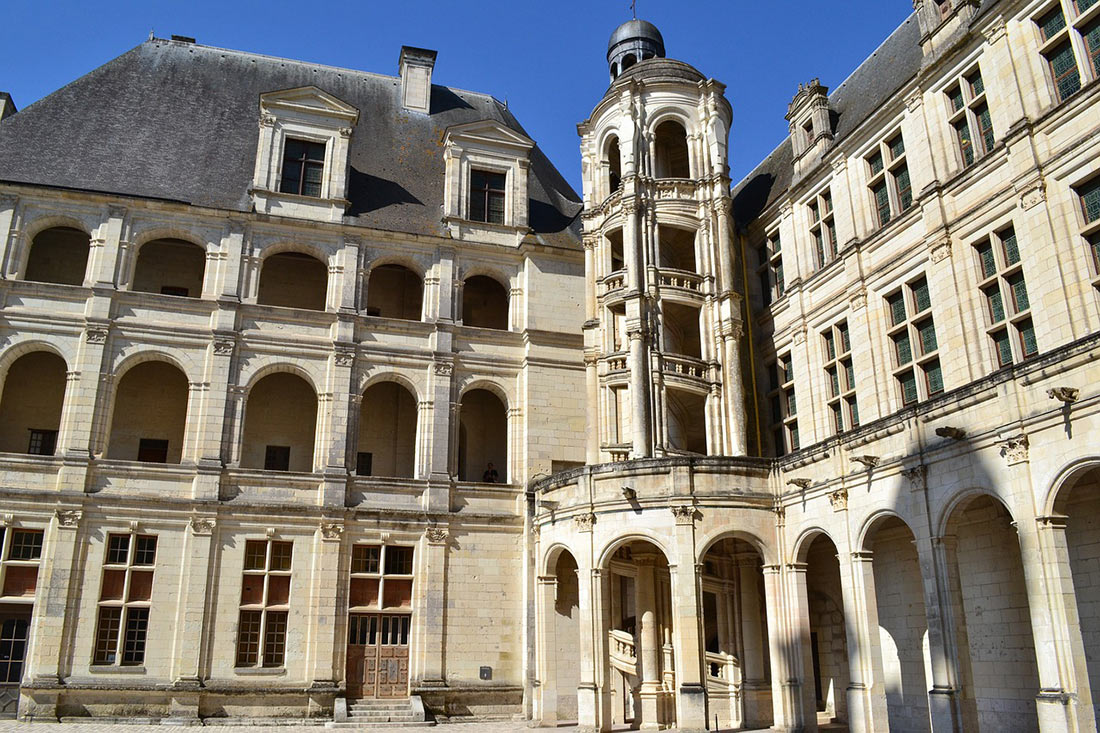

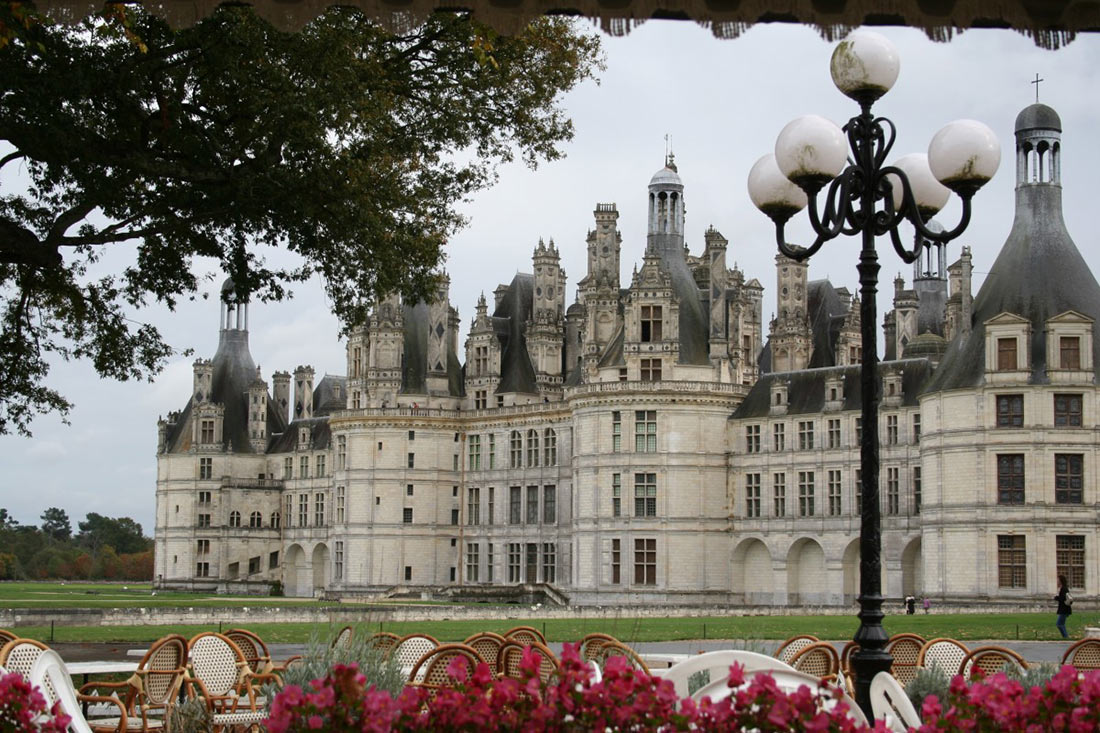
Throughout its centuries-long history, Château de Chambord has endured various changes until it was finally purchased from Élie de Bourbon-Parma for 11 million francs in gold in 1930. Thus, the royal legend became the property of the French state.
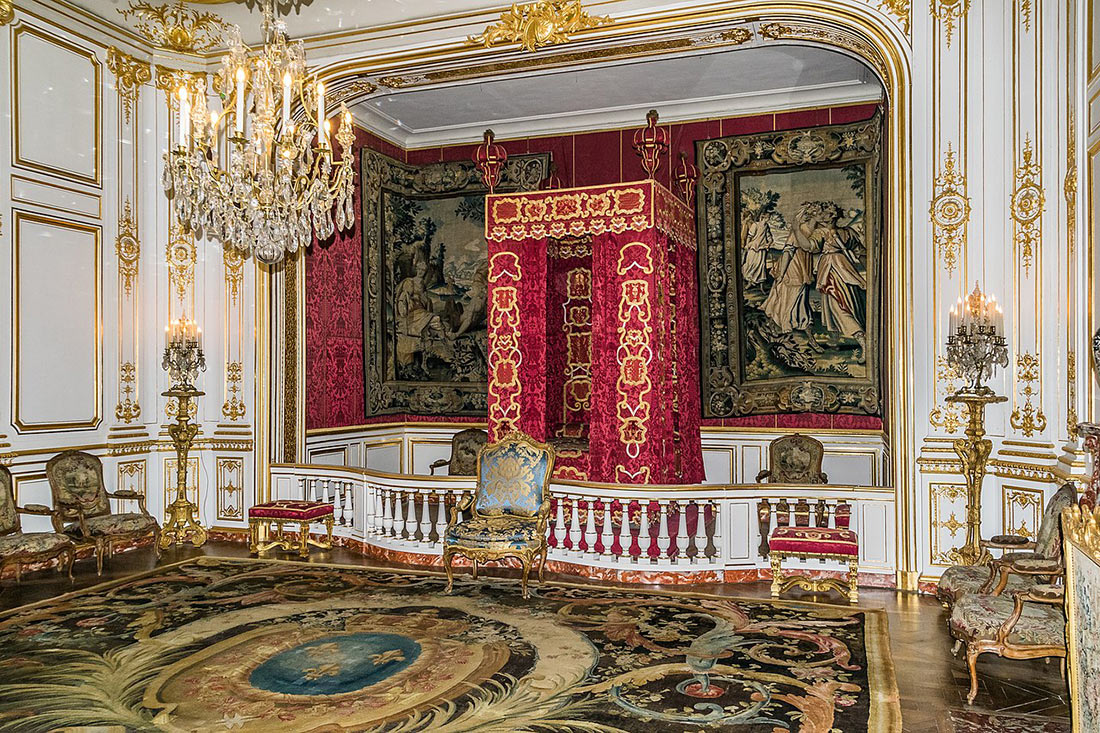
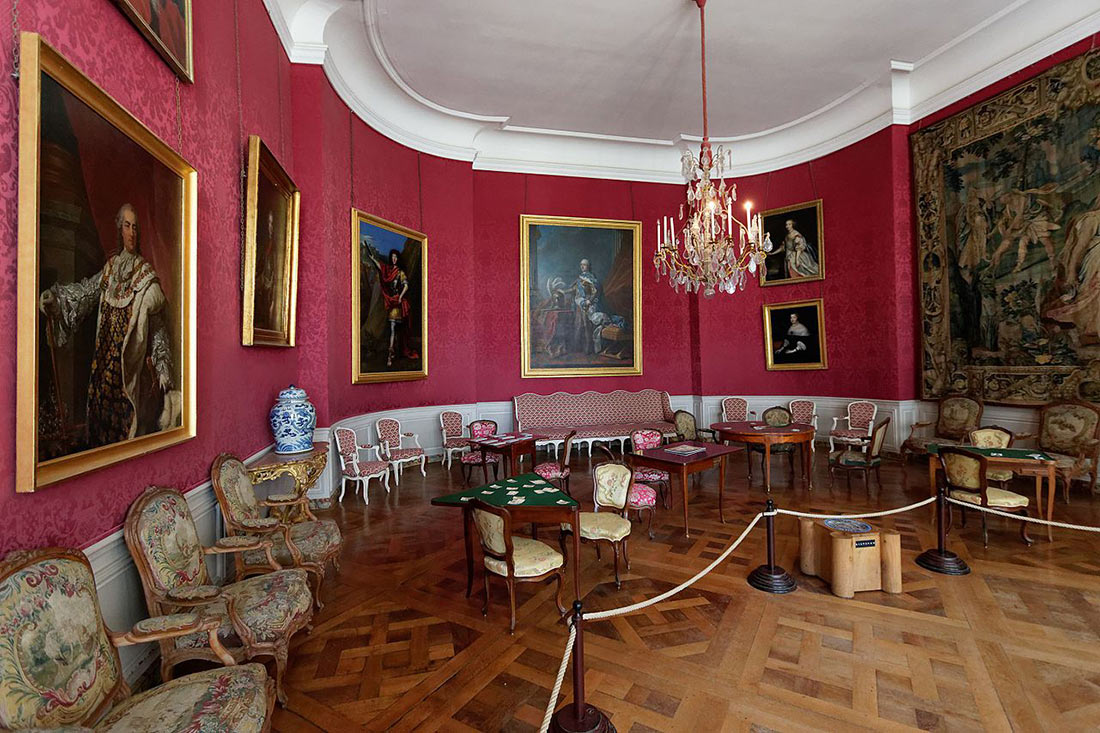
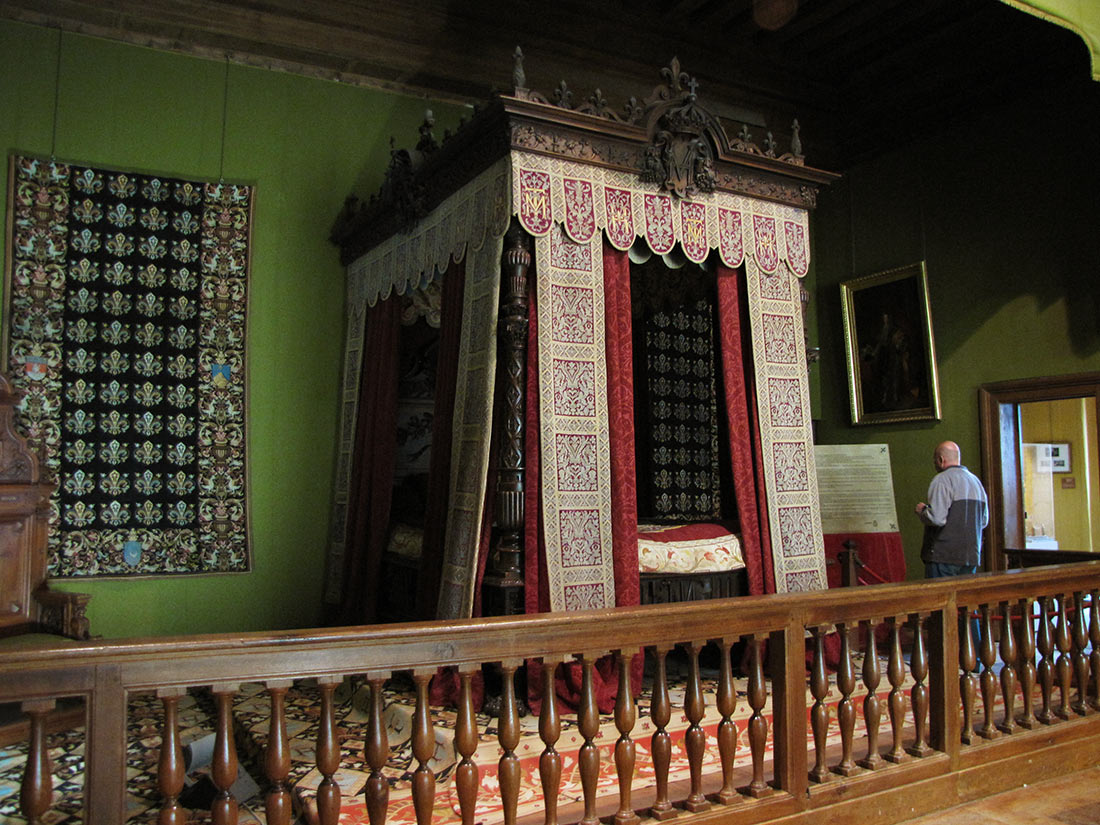
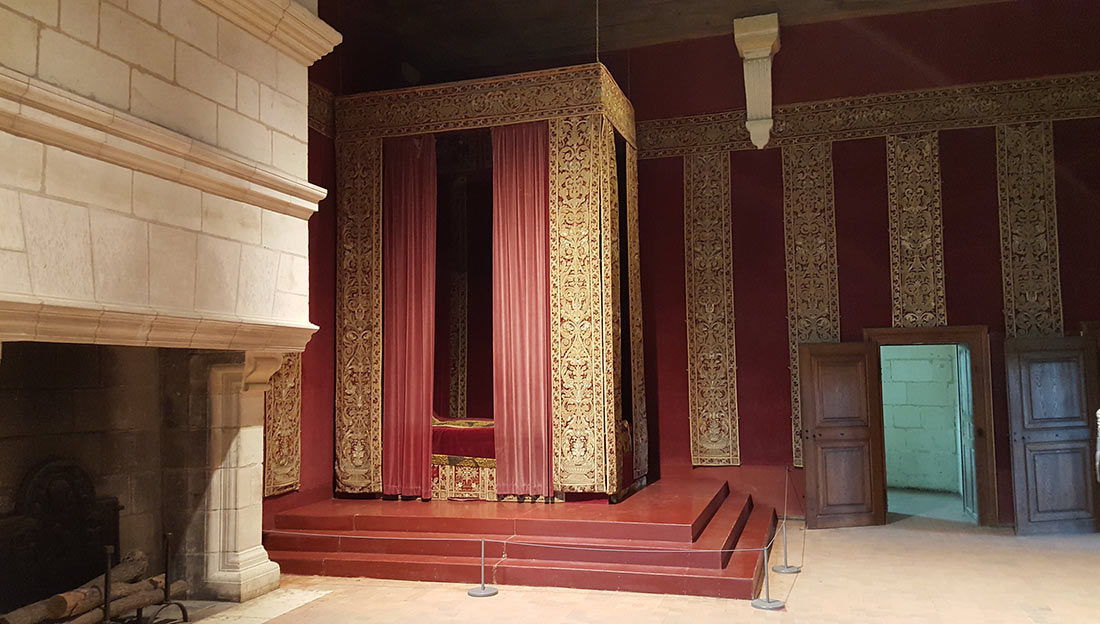
Surrounding the castle is a vast forested park that extends over many hectares and is the largest of its kind in Europe. It is encompassed by the longest wall in France, measuring 32 kilometers in length. Today, it is one of the most important tourist attractions in France and has been listed as a UNESCO World Heritage site since 1981.
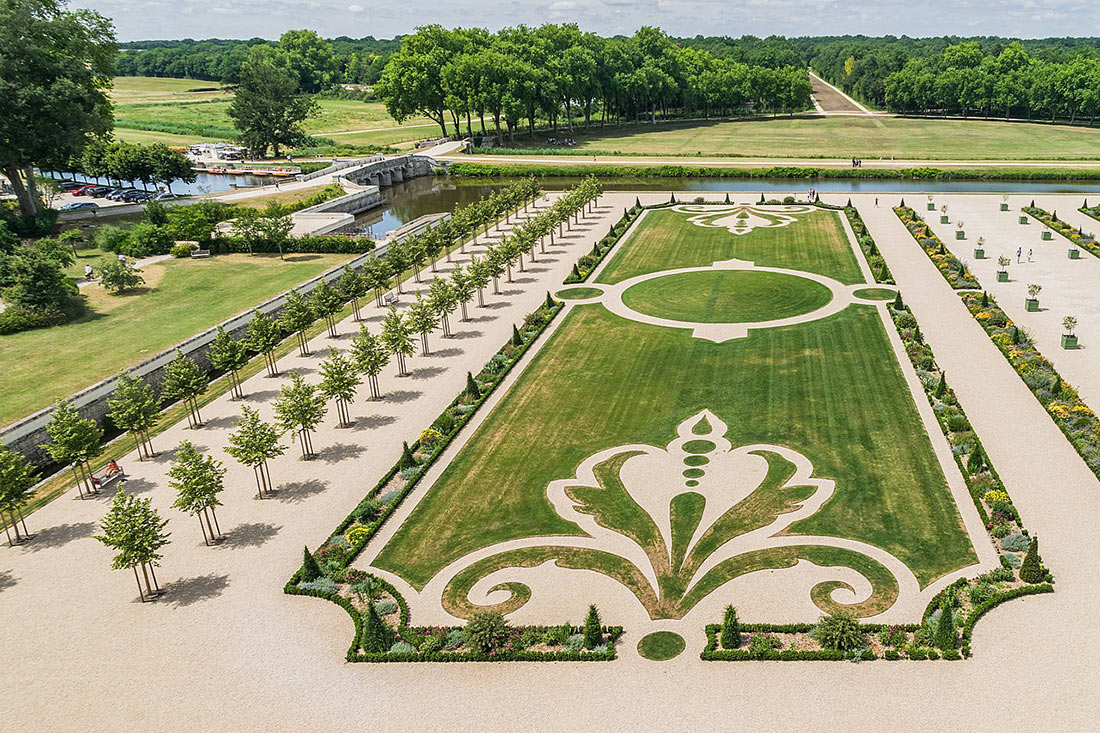
Interesting facts about Château de Chambord:
- The castle features 440 rooms, 84 staircases, 365 chimneys, and 800 sculpted capitals.
- One of the architectural highlights of the castle is its lavishly decorated roof, which makes it highly recognizable. At first glance, it may appear symmetrical, but upon closer inspection, one can notice its asymmetry: there is a vast array of towers, dormer windows, and decorative elements, each one unique.
- After his victorious return from the Battle of Marignano in 1515, Francis I decided to build Château de Chambord. It was not merely a residence but a monumental symbol of his power, carved in stone. Despite this, he only spent 50 days there. Throughout the centuries, the magnificent castle has been home to many noble guests, hosting memorable celebrations and hunting parties.
- The salamander, a small amphibian comfortable both in water and on land, is depicted over 300 times on the ceilings and walls of Château de Chambord. This little creature, adorned with a crown and the motto “I nourish the good fire and extinguish the bad,” was the emblem of Francis I. According to popular belief, the salamander possesses the ability to resist fire.
